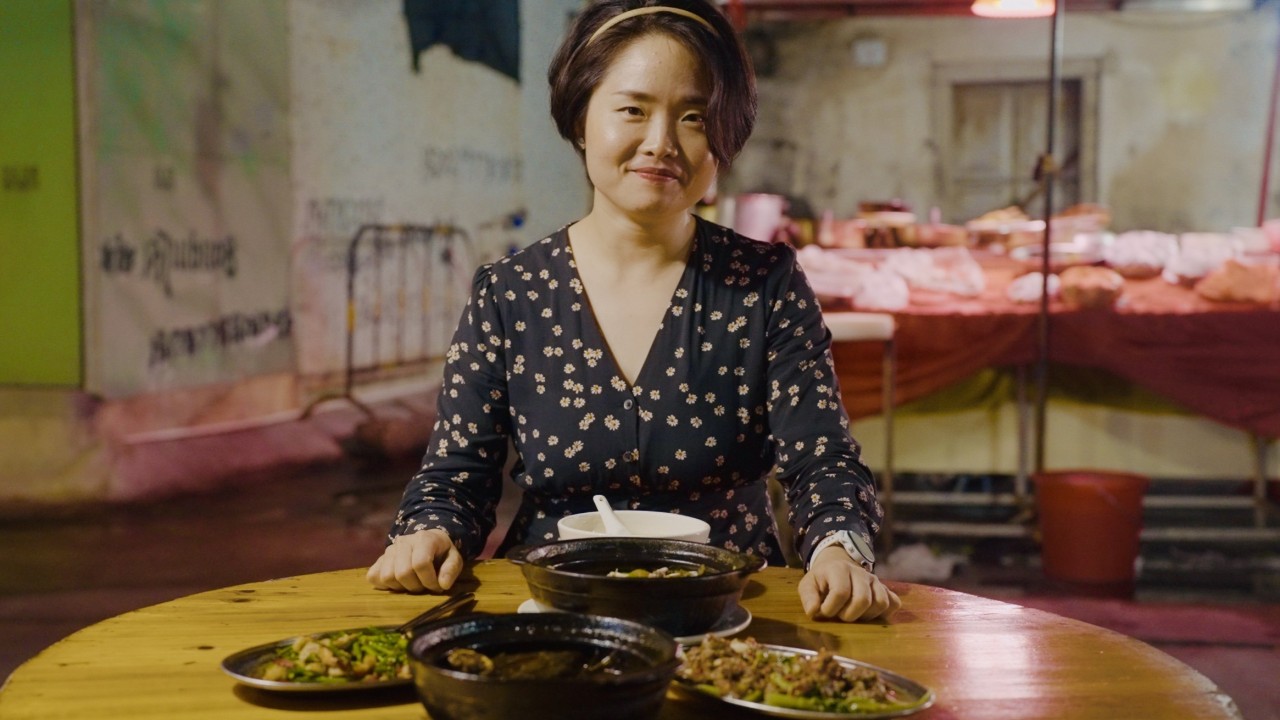Alighting from the Guangzhou Metro at Gangding Station, I’m faced with navigating a swanky, subterranean shopping plaza lined with cosmetics stores and fast-food outlets while trying to find an exit. When I finally reach ground level, Tianhe District rocks to a chorus of car horns and the clamour of human traffic. There’s a gargantuan electronics mall opposite, hotels either side of me and a forest of skyscrapers blocking the horizon.
The air, warmed by a million purring air conditioners, is tinged with the chemical odour of industry. Had I been standing here 40 years ago I’d probably have been knee-deep in a duck pond. But the farmsteads of centuries past are now buried beneath the foundations of a purpose-built Central Business District: home to 51 foreign consulates, 33 regional headquarters of foreign banks, at least 10 brand-name five-star hotels and more retail and dining outlets than you could hope to visit in a year.

Following the directions I’ve been sent on Baidu Maps, I make my way through the hubbub to a traditional Chinese-arched gate bearing the characters for “Shipai – Stone Stele”. This is not unusual: many modern neighbourhoods in south China still carry the name of the village that existed before the property developers moved in. Yang Manman is easy to spot in the crowd.
She’s wearing a bright-pink cropped shirt, navy-blue Daisy Duke shorts, hooped earrings and Palladium hiking boots. “You’re going to love Shipai village,” the gregariou.
















